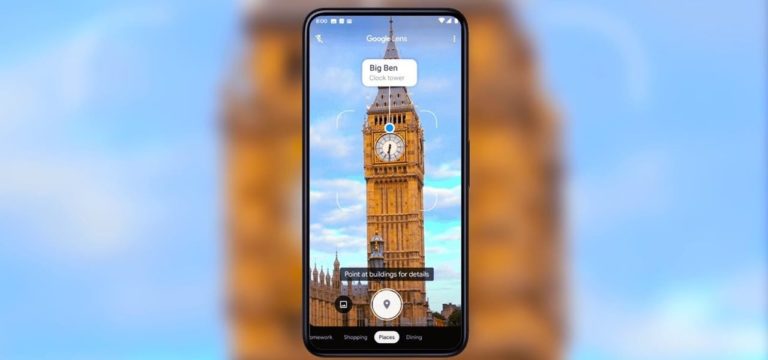
Because AR’s inherent function is to enhance the physical world, its relevance is often tied to specific locations. This is what we call geo-local AR. It’s all about AR experiences whose value is tied to locations. We’re talking informational overlays on storefronts and waypoints.
If this sounds familiar, it’s the foundational principle behind the AR cloud – a conceptual framework for AR’s future. For those unfamiliar, the AR cloud is a data mesh that covers the physical world to inform and empower AR devices to invoke the right content and experiences.
This concept also may sound familiar as it aligns with a buzzword that’s run rampant: the metaverse. Though the term is often used in the context of online fully-digital experiences, it can also involve content that brings digital depth to real-world places: Call it AR’s metaverse.
This is also what we call the metavearth and it’s the topic of a recent report from our research arm ARtillery Intelligence. Entitled, Geolocal AR: The Metavearth Materializes it breaks down the drivers and dynamics of this emerging area and is the topic of our latest excerpt (below).
Buy Local
To fully understand the opportunity at the intersection of AR and geolocation, we must pan back to examine the latter’s history. In fact, location has been a value driver in several industries to emerge and advance in the smartphone era, including search, mapping, and social media.
Before AR’s recent resurgence, location has been a source of value in forbearing technologies. In web and mobile search for example, click values are higher when transactional local intent is inferred by geo-modifiers in search queries. This can include a zip code or terms like “near me.”
Google has correspondingly benefited from small businesses and multi-location brands that want to position themselves in the direct path of high-intent local searchers. Startups like Yelp and Foursquare have likewise built businesses around consumer local search and discovery.
With that backdrop, AR enters the picture with the potential to add dimension to the products and business models that surround local search. Google especially sees opportunity in an “Internet of Places” that builds on the local search products that it’s spent years building.
In fact, among tech giants pursuing geo-local AR, Google could have an inside track. For example, Street View imagery represents an object-recognition database to localize AR devices. This enables such devices to more effectively overlay geo-relevant AR graphics.
Orbiting Efforts
But Google isn’t alone. Apple signals interest in developing geospatial experiences as part of its larger AR play. One of the ways it’s doing this is through its effort to rebuild Apple Maps with first-party mapping data. As it does that, it’s simultaneously capturing 3D spatial maps.
Along with several other orbiting AR efforts at Apple, this mapping data could be the basis for its very own AR cloud. Having its own spatial maps could enhance the utility of its rumored AR glasses, which will need compelling content & experiences to attract mainstream consumers.
Then there’s Meta which is similarly pursuing geo-local AR ambitions. And like Google and Apple, its approach aligns with its core business. This involves interacting with people and places in the real world to deepen connections….as you might expect from a company like Meta.
One of the pillars for this vision is Meta’s Live Maps. This conceptual model is Meta’s take on an AR cloud. And its advantage in building it is sheer scale: Similar to Niantic, it wants to crowdsource spatial mapping by ingesting data as its users move through the world.
Snap is similarly building Local Lenses and custom Landmarkers, while Niantic Lightship will be a key geospatial AR enabler. Meanwhile, Microsoft Mesh applies an enterprise spin on all the above – enhancing productivity through geo-anchored content for industrial use cases.
That’s just a quick list of efforts underway, we’ll circle back to drill down into each of the above examples, and you can jump to the full report here…
Header image by delfi de la Rua on Unsplash






